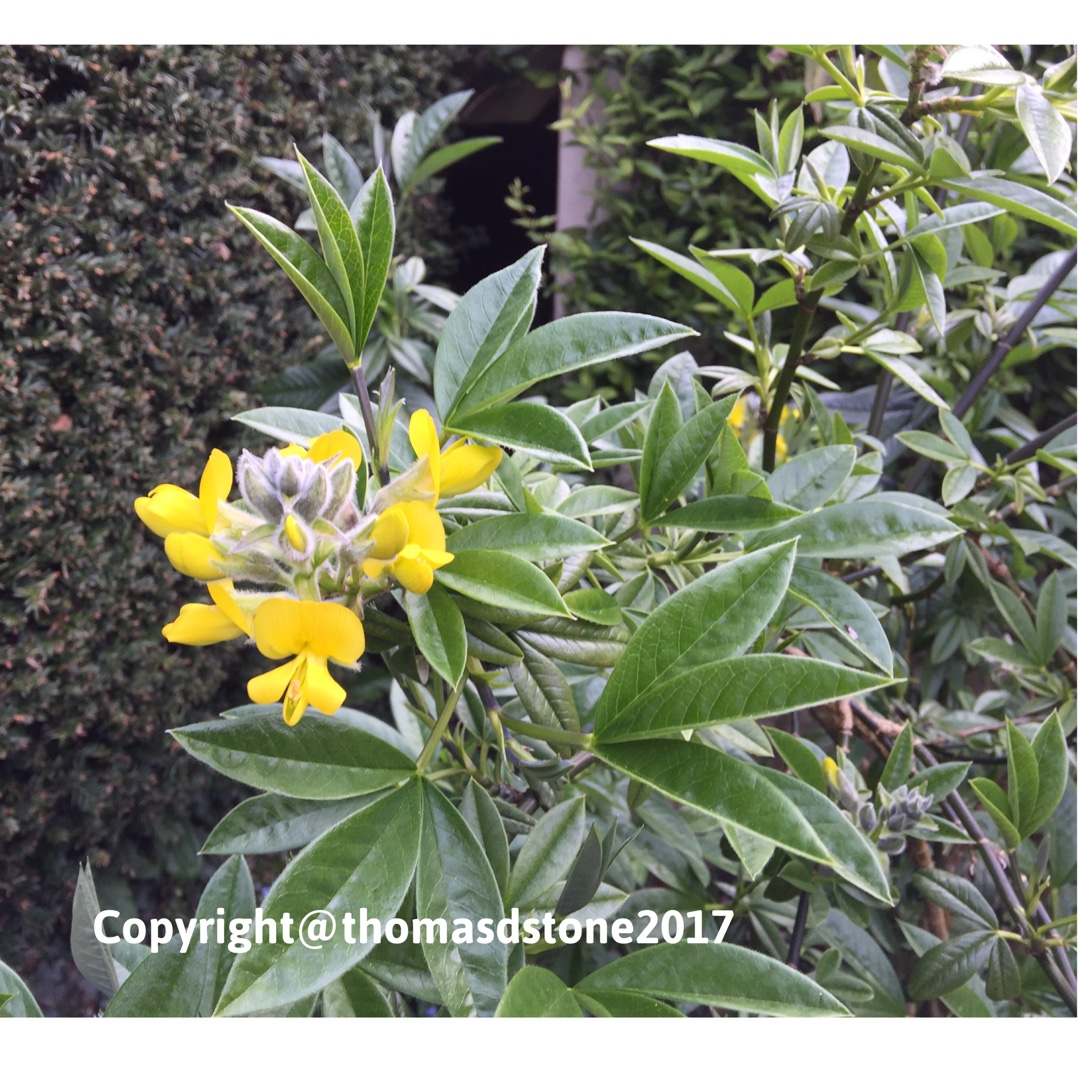
Piptanthus nepalensis syn. Baptisia nepalensis, Piptanthus forrestii, Piptanthus laburnifolius, Piptanthus leiocarpus
Evergreen Laburnum
Pipanthus Nepalensis is an evergreen shrub which retains its leaves through winter in mild sheltered sites In colder regions, it is semi-evergreen, losing its leaves in hard frost but it recovers again in spring. It has dark green foliage and produces large, bright yellow pea-like flowers, similar to laburnum but in short upright clusters, followed by flat green pods.
Contributed by @thomasdstone
-
Full sun to partial shade
-
Very little water
-
Full Frost Hardy: 5F (-15°C)
-
Moist and free draining
Common name
Evergreen Laburnum
Latin name
Piptanthus nepalensis syn. Baptisia nepalensis, Piptanthus forrestii, Piptanthus laburnifolius, Piptanthus leiocarpus
type
Shrub
family
Fabaceae
ph
6.0 - 8.0 Acid - Neutral
Plant & bloom calendar
-
Best time to plant
full grown dimensions
 2.50 M
2.50 M
2.50 M
2.50 M
Piptanthus nepalensis syn. Baptisia nepalensis, Piptanthus forrestii, Piptanthus laburnifolius, Piptanthus leiocarpus
Pipanthus Nepalensis is an evergreen shrub which retains its leaves through winter in mild sheltered sites In colder regions, it is semi-evergreen, losing its leaves in hard frost but it recovers again in spring. It has dark green foliage and produces large, bright yellow pea-like flowers, similar to laburnum but in short upright clusters, followed by flat green pods.
Planting young plants
From Early Spring TO Early Spring
Plant in a fertile, well-drained soil in sun or partial shade with shelter from cold, drying winds. If provided with protection from frost, it will retain its leaves through winter. Ideally planted against a warm wall, it can be trained as its branches are quite flexible.










